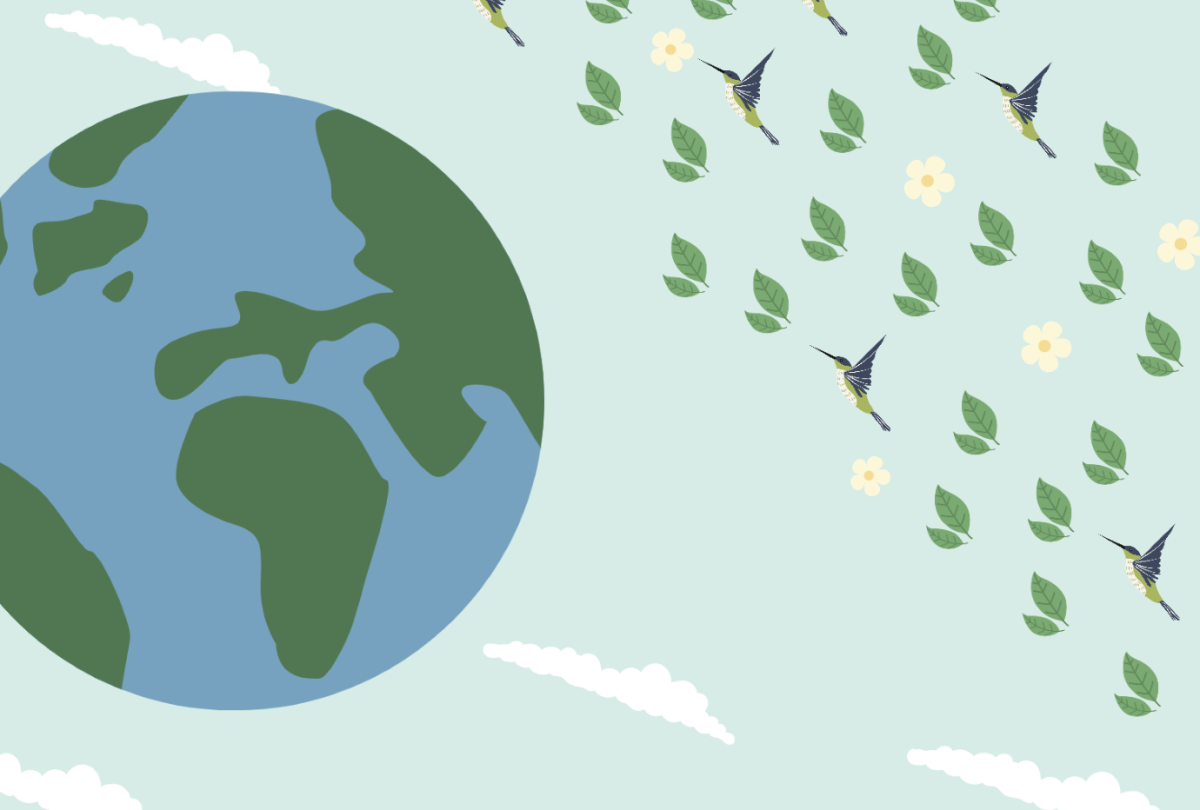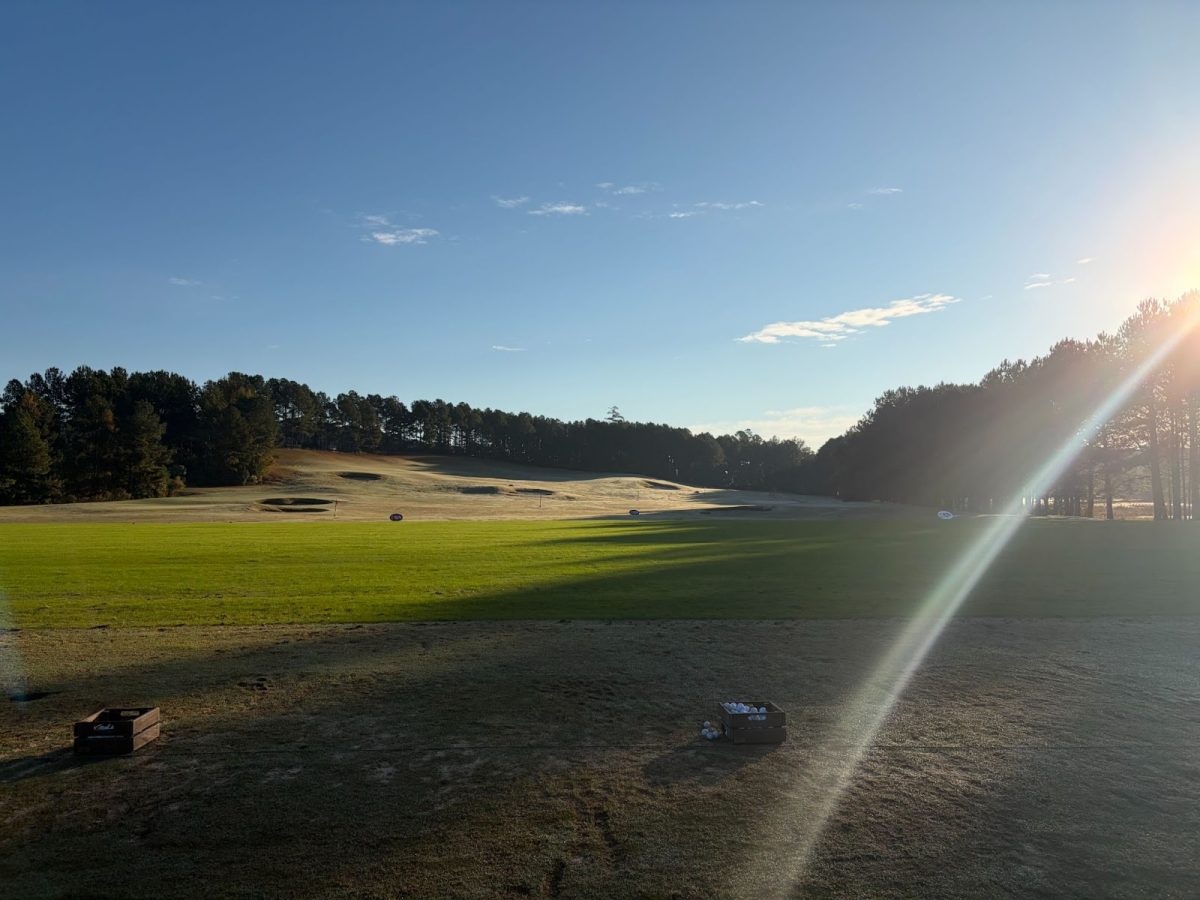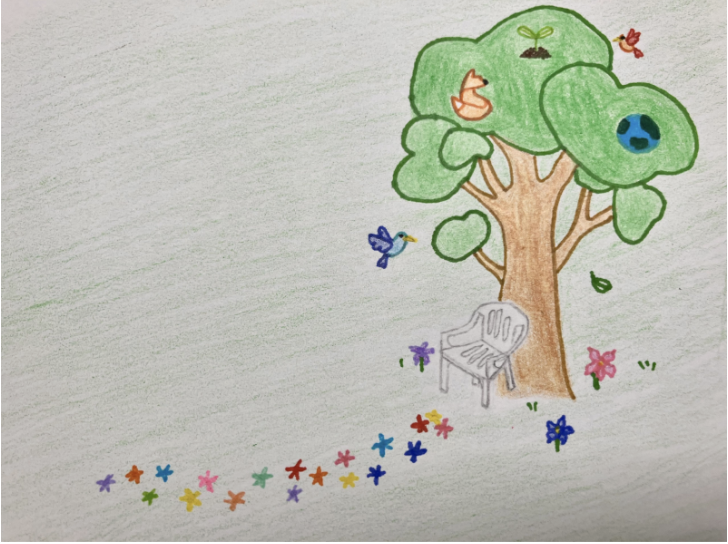As the season changes and spring arrives in 2024, the temperature rises and the grounds soften making it the perfect time of year for planting. However, many are unsure what to plant with so many choices. To help you narrow your planting list, the GHFalcon has compiled a list of plants to grow in spring.
Carrots
Are you frustrated with the amount of cash you are paying for your groceries? Well take advantage of the great weather and plant some carrots to reduce the amount you spend. In addition to this, carrots are also beginner-friendly, making them a perfect plant to experiment with as you grow your green thumb. Carrots take up very little space allowing you to place them in pots. They are low maintenance and only need around 1-2 inches of water each week or around 0.14 inches a day. If you’re looking to yield larger carrots, you should consider using fertilizer. Carrots grow the best when the fertilizer is 5% nitrogen, 10% phosphorus and 10% potassium, which is also known as a 5-10-10 fertilizer.

Potatoes
Many different people have different taste preferences and if one dislikes carrots then another option could be to grow potatoes instead. Potatoes, like carrots, are easy to grow and can be harvested in 60-80 days after their initial planting. Planting a potato is a simple task: you can place a potato on some soil and bury it, which can be done outside or in a pot. It is important to note that potatoes grow extremely well in the sunlight so it’s best to keep them outside or near full sun. Similarly to carrots, potatoes only need around 1-2 inches of water a week or 0.14 inches a day. Potatoes also grow best using a fertilizer with 17% nitrogen, 17% phosphorus and 17% potassium (17-17-17). If you would like an even larger potato, simply cut all but one sprout before planting it into the ground.

Cherry Tomatoes
Another easy crop to grow is the cherry tomato. In addition to being simple to plant, cherry tomatoes also add color to your garden with their bright red color. Cherry tomatoes grow extremely fast and can be harvested 50-65 days after planting them. These plants thrive when grown with nitrogen-rich fertilizers containing around 26-36% nitrogen. To prevent the plant from catching disease, you can place mulch on top of the soil which keeps the soil moist and stops low-growing tomatoes from touching the ground. Cherry tomatoes also need 1-2 inches of water a week but grow better if they are watered weekly instead of daily. Cherry tomatoes are a great source of vitamins A, C, E and B folate and can also be used to cook certain dishes like salads, pasta and tarts.
Radish
One major problem that may occur while planting your crops is how bugs and pests may try to eat them. This problem has a simple solution: plant radishes alongside the other crops. Radishes are a type of companion plant that deter pests and bugs from eating other crops. They grow rapidly, only taking 3-5 weeks until they are ready to harvest, and like carrots and potatoes only need 1-2 inches of water a week or 0.14 inches of water daily Radishes also prefer colder temperatures, growing better with a more phosphorus-rich fertilizer such as bone meal. They also can be used in dishes like garlic roasted radishes or radish salad and are considered to be very healthy as they can lower one’s blood pressure.
Spring is known for new beginnings; whether you are coming back to an old skill or trying to pick up a new habit, planting is a great way to get into the spirit of the season. If you are feeling intimidated by the idea of gardening, feel free to try out these beginner-friendly plants!
















































































